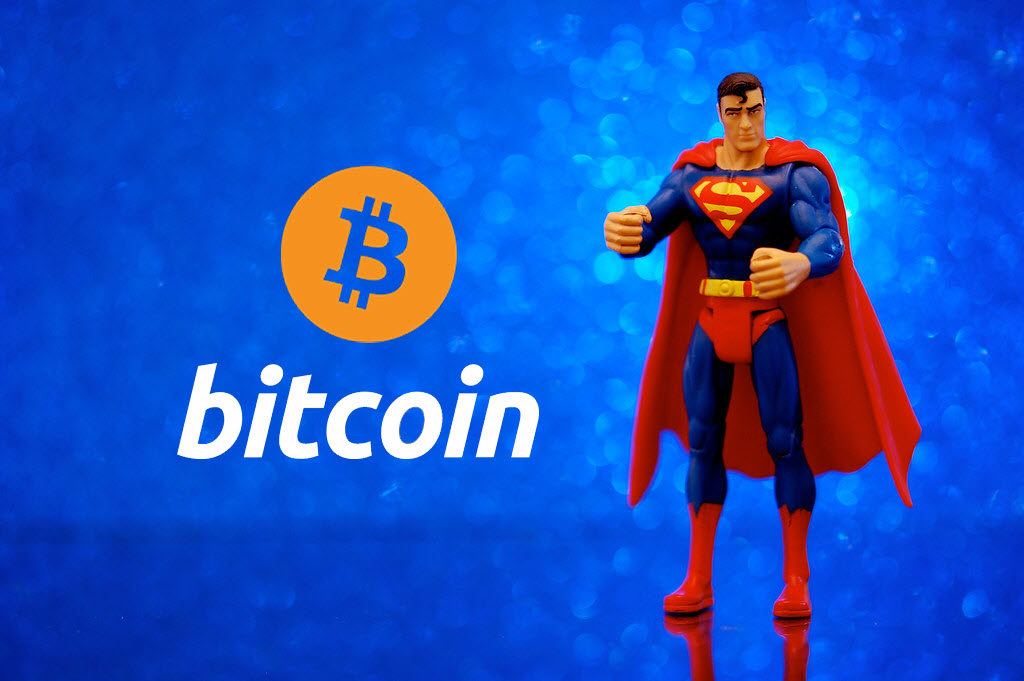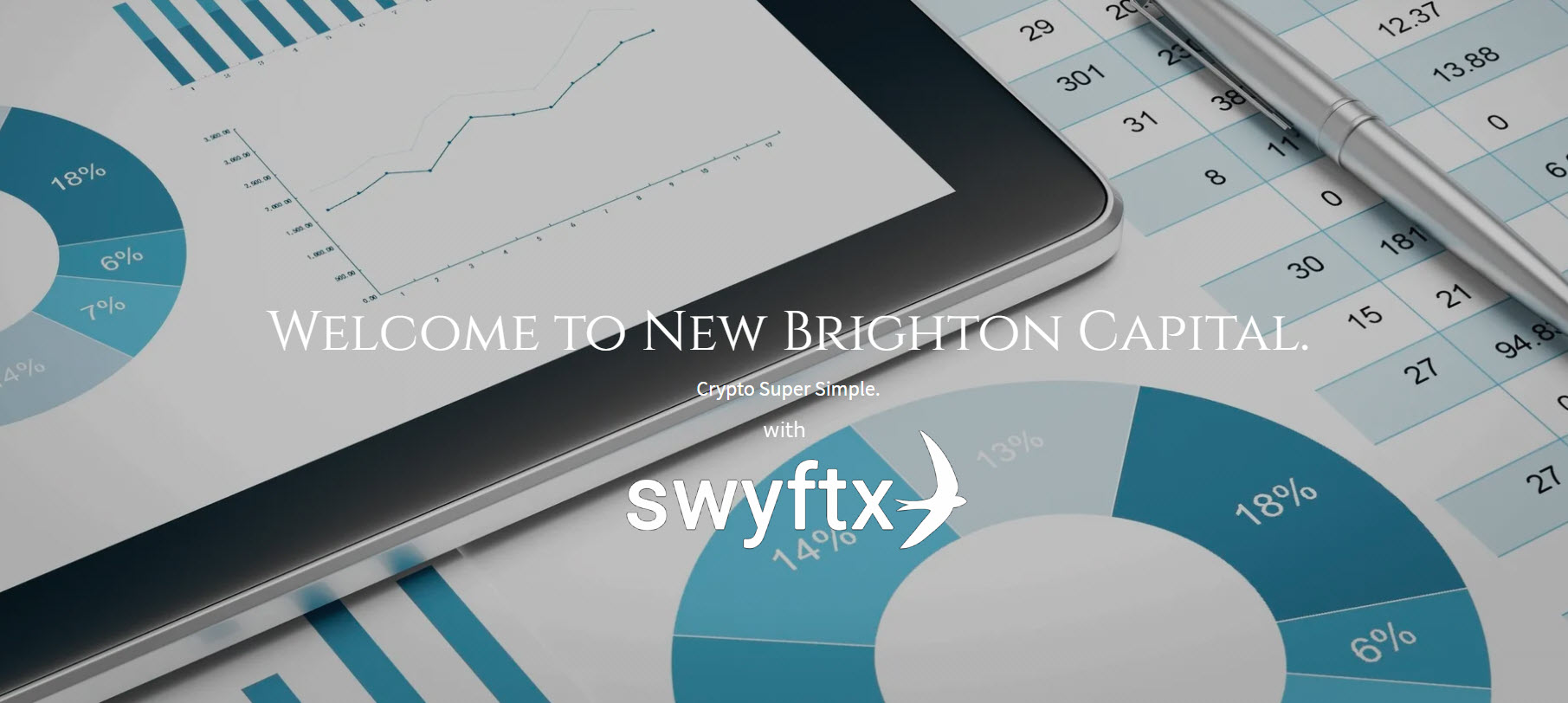Interest in Bitcoin, Ethereum and other cryptocurrencies is growing not only for trading and investing in the short term, but also for retirement fund managers and longer term investments.
Indeed, the number of superannuation accounts getting exposure to the cryptocurrency market as part of their portfolio is reportedly booming.
As the crypto market is still relatively new, it is essential to follow a few guidelines to ensure that your investments are compliant as well as set up correctly for long-term performance.
This guide lists 10 important rules you need to be aware of for holding cryptos in your super.
- You need a SMSF
- Meeting the sole-purpose test
- SMSF members take liability
- Accurate crypto reporting is necessary
- No borrowing, leveraging or shorting permitted
- Crypto loans are not allowed
- Privacy coins must be kept on the exchange at all times
- Staking coins are permitted with your SMSF
- Pension payments must be made in cash
- You cannot transfer cryptos into the SMSF
Need help? Speak with Cryptocurrency Superannuation Expert at NGS Crypto, call 1300 001 647, or Contact them via email
1. You need a SMSF
At the time of writing, the only type of retirement account that can include cryptocurrencies like Bitcoin is a Self-Managed Super Fund – SMSF in short.
There are a number of requirements any SMSF has to satisfy, regardless of the nature of its investment portfolio. For example, it needs a trust deed. Up to four trustees can be nominated in the SMSF – each of them must not be an employee of another fund member (unless they’re relatives). There are also ongoing costs for yearly tax returns, audits, financial statements and compliance. The ATO states that a SMSF can invest in cryptos, but the trust deed must allow such investment which must also be in accordance with fund’s investment strategy and other relevant regulations.
On the other hand, SMSF offer an investment structure with a fair degree of flexibility. You can hold any combination of certain assets including shares, precious metals, cash and (case in point) cryptos. One possible advantage of having cryptocurrencies as part of a retirement investment strategy is related to the tax savings it delivers. They can be indeed eligible for a 15% tax rate, possibly much lower than standard Capital Gains Tax rate. A bit of work to set up and manage a SMSF is necessary to hold cryptos in your super.
2. Meeting the sole-purpose test
In simple words, SMSF funds are dedicated only to retirement.
Compared to holding cryptos in your personal name, using a SMSF is an option for the long run, until you reach pension age. Therefore, only members who have met the required conditions can access the funds to receive super benefit payments. All SMSF have to comply with the Sole Purpose Test to be eligible for 15% tax rate previously mentioned.
This has at least a couple of implications:
- Failing to comply with the sole purpose test will result at least in paying more taxes, potentially with civil and criminal penalties for fund members.
- You cannot cash out your cryptos to benefit your current lifestyle while you’re still contributing to your super before retiring.
Don’t set up an SMSF to try to get early access to your super, or to buy a holiday home or artworks to decorate your house. These things are illegal.
Australian Taxation Office
You can read more about the sole purpose test on the ATO’s website.
3. SMSF members take liability
The difference between an SMSF and other types of funds is that the members of an SMSF are usually also the trustees. This means the members of the SMSF run it for their benefit and are responsible for complying with the super and tax laws.
Australian Tax Office
The liability of a Self-Managed Super Fund falls on its own members (hence the wording “Self-Managed”), abiding regulations from entities such as the ATO, SISA and SISR. The compliance relates to both the SMSF itself as well as its assets, including Bitcoin and other cryptocurrencies, no matter which third party is involved in preparing tax returns or advise on investment decisions.
The ATO is explicitly encouraging trustees “to seek independent professional advice before undertaking any new investment in their SMSF, including investments in cryptocurrencies.” ASIC’s MoneySmart website also has a page with “What to watch out for with cryptocurrencies and ICOs”. Make sure you do your due diligence in setting up and managing your SMSF.
4. Accurate crypto reporting is necessary
SMSF are tightly controlled and regulated. Consequently, it is mandatory to maintain precise administrative reporting and record-keeping. This applies to items like a bank account as well as cryptocurrencies.
As per ATO website, one application of this requirement is ensuring the assets are held by the SMSF with a clear separation in ownership and management from each member’s personal or business assets. In crypto terms, this means maintaining and being able to provide evidence of a dedicated wallet for the SMSF, separated from that used by trustees and members personally.
When it comes to cryptocurrency valuation, it has to reflect fair market value provided by a reputable exchange with publicly-available rates.
The value of cryptocurrency can change constantly. For the purpose of calculating member balances at 30 June, the ATO will accept the 30 June closing value published on the website of a cryptocurrency exchange that reports on historical cryptocurrency values.
Australian Taxation Office
5. No borrowing, leveraging or shorting permitted
You cannot borrow, leverage or short any assets within the SMSF. That is because the whole point of a SMSF is to provide funds for retirement and not improving the current lifestyle of its members (see sole-purpose test).
It is unlikely that an SMSF will meet the sole-purpose test if trustees or members, directly or indirectly, obtain a financial benefit when making investment decisions and arrangements. For example, it may be a breach of the sole-purpose test where affiliate fees or commissions associated with the fund’s cryptocurrency investment are paid to a trustee or member personally.
Australian Taxation Office
6. Crypto loans are not allowed
Using the crypto in the SMSF as collateral to secure other loans is not permitted either. The reason is the same as for the previous point: using SMSF funds to benefit in the present rather than after retirement is beyond its “sole-purpose” nature and thus not allowed.
7. Privacy coins must be kept on the exchange at all times
SMSFs are frequently audited and auditors must be able to assess the investment portfolio.
Looking at the crypto portfolio component being held, any privacy coins have to be kept on the exchange as this allows the auditor to perform their duty. It would be otherwise impossible for the auditor to verify their location and SMSF would likely fail the audit.
8. Staking coins are permitted with your SMSF
Yes, it is possible for SMSF to stake coins and gain an interest as long as the purpose of this is to accrue value to be used for retirement (thus meeting the sole-purpose test) and it is permitted by the trust deed and other relevant regulation.
The interest of course would have to stay within the SMSF and not distributed to its members until they meet release conditions. Additional tax and fees may apply, specifically about the tracking, reporting and auditing of the interest component.
9. Pension payments must be made in cash
Where a trustee or member satisfies a condition of release, the SMSF can make an in specie lump sum payment by way of transfer of cryptocurrency. However, pension payments must be made in cash.
Australian Taxation Office
This practically means that you will have your SMSF paying you in cash when you will retire, whether your SMSF holds cryptos or not. It might be possible for you to transfer an amount of cryptos to your personal wallet as a one-off without converting into AUD. There are a couple of important points to consider:
- The SMSF trust deed has to allow such kind of transfer.
- Changing ownership of an asset is a CGT event, thus transferring cryptos from a SMSF wallet into one of its members wallet might result expensive tax-wise.
10. You cannot transfer cryptos into the SMSF
Bitcoin and other cryptocurrencies are not considered listed securities. This impacts how SMSFs can go about acquiring crypto assets.
With certain exceptions, SMSFs are prohibited from intentionally acquiring assets from related parties. The exceptions include listed securities and business real property, when acquired at market value. Cryptocurrencies such as bitcoin are not ‘listed securities’ so do not fall within the exceptions. They therefore cannot be acquired from a related party.
Australian Taxation Office
SMSF trustees and members are indeed related parties of the SMSF itself. Therefore, if you want to have cryptos in your SMSF, you have to purchase them from the SMSF and not transfer from your personal wallet. When you retire you might be able to transfer them back as cryptos from your SMSF to you though, assuming you meet the requirements as mentioned previously.
Conclusions
Using a Self-Managed Super Fund to expose your retirement investment portfolio to the cryptocurrency market is definitely possible, allowing you to to legally buy Bitcoin using your super. There are advantages and disadvantages of a crypto-focused superannuation that are worth considering, as well as the rules mentioned in this guide.
Like any investment, there is a degree of risk involved therefore do your own research and due diligence before committing to it. You might want to consider engaging third-party expert consultants to ask for professional advice tailored to your circumstances.
Need help? Speak with Cryptocurrency Superannuation Expert at NGS Crypto, call 1300 001 647, or Contact them via email













